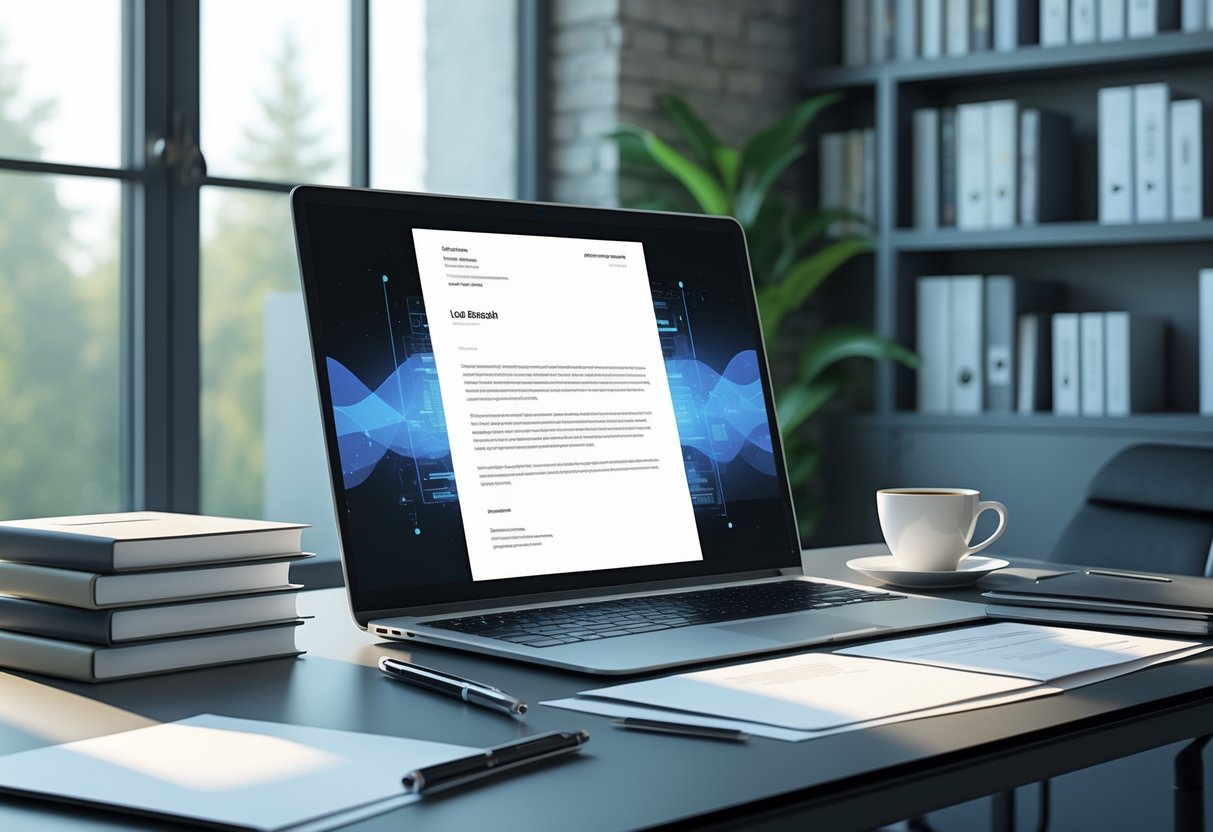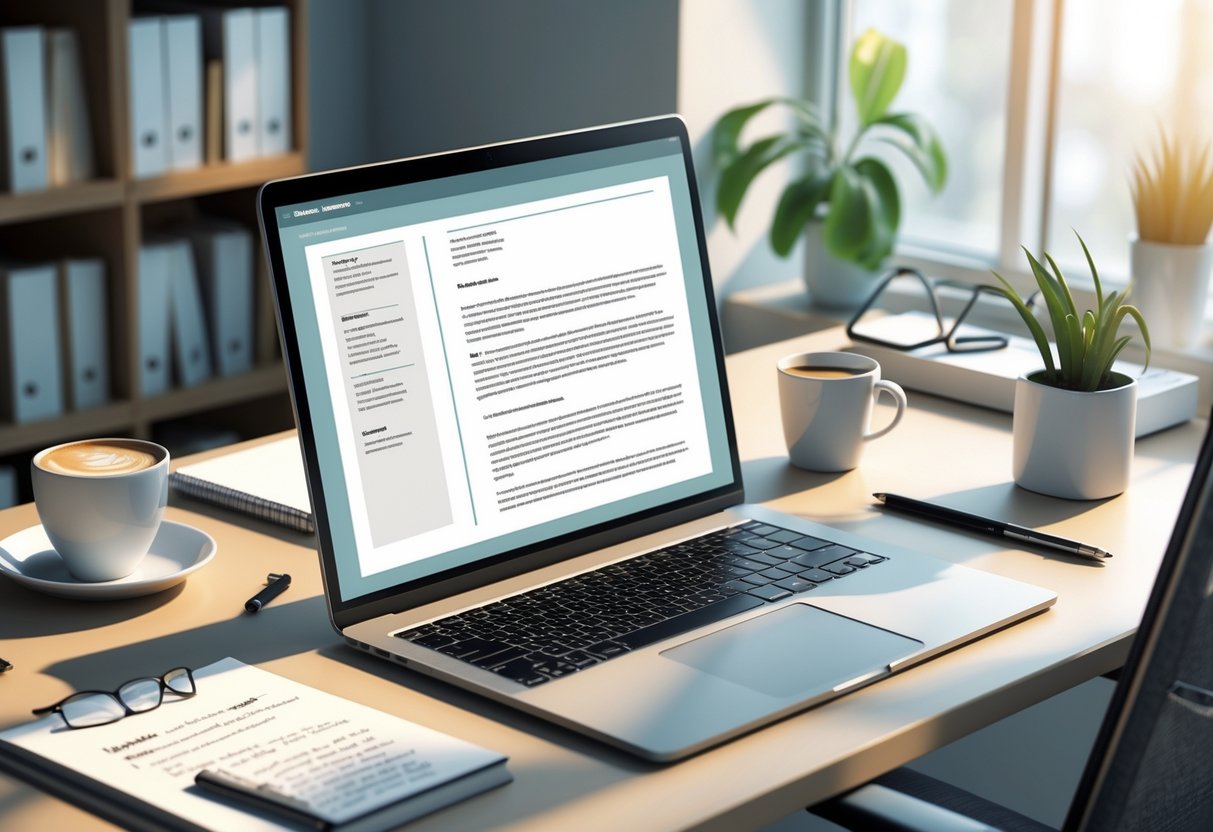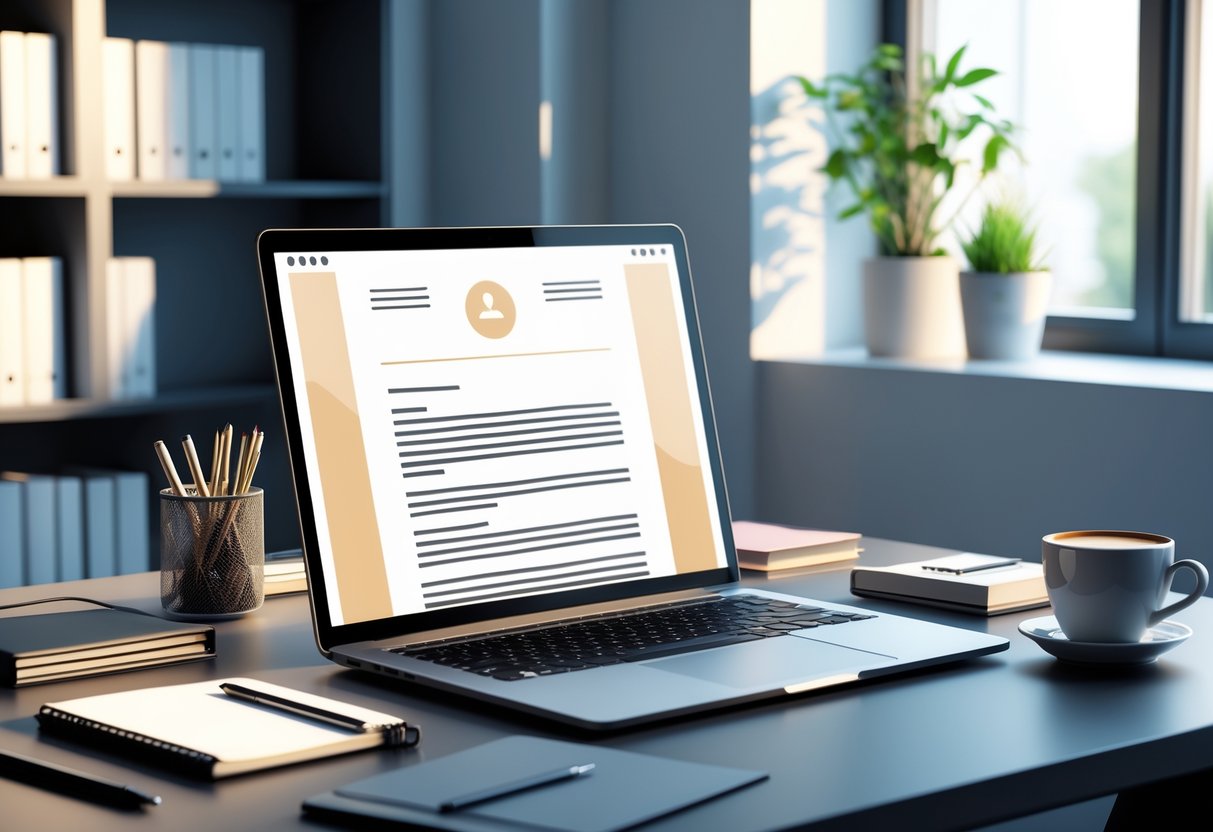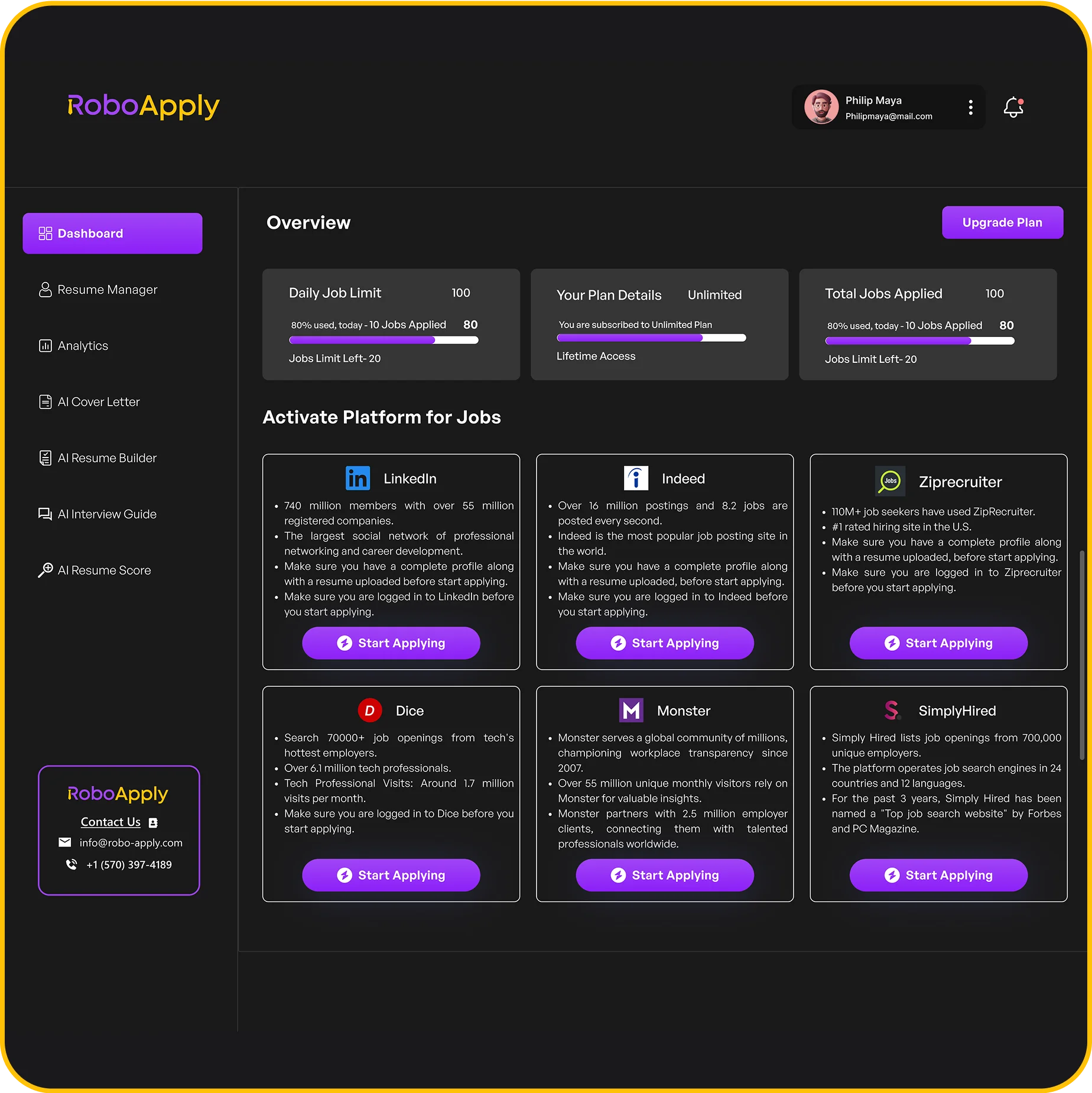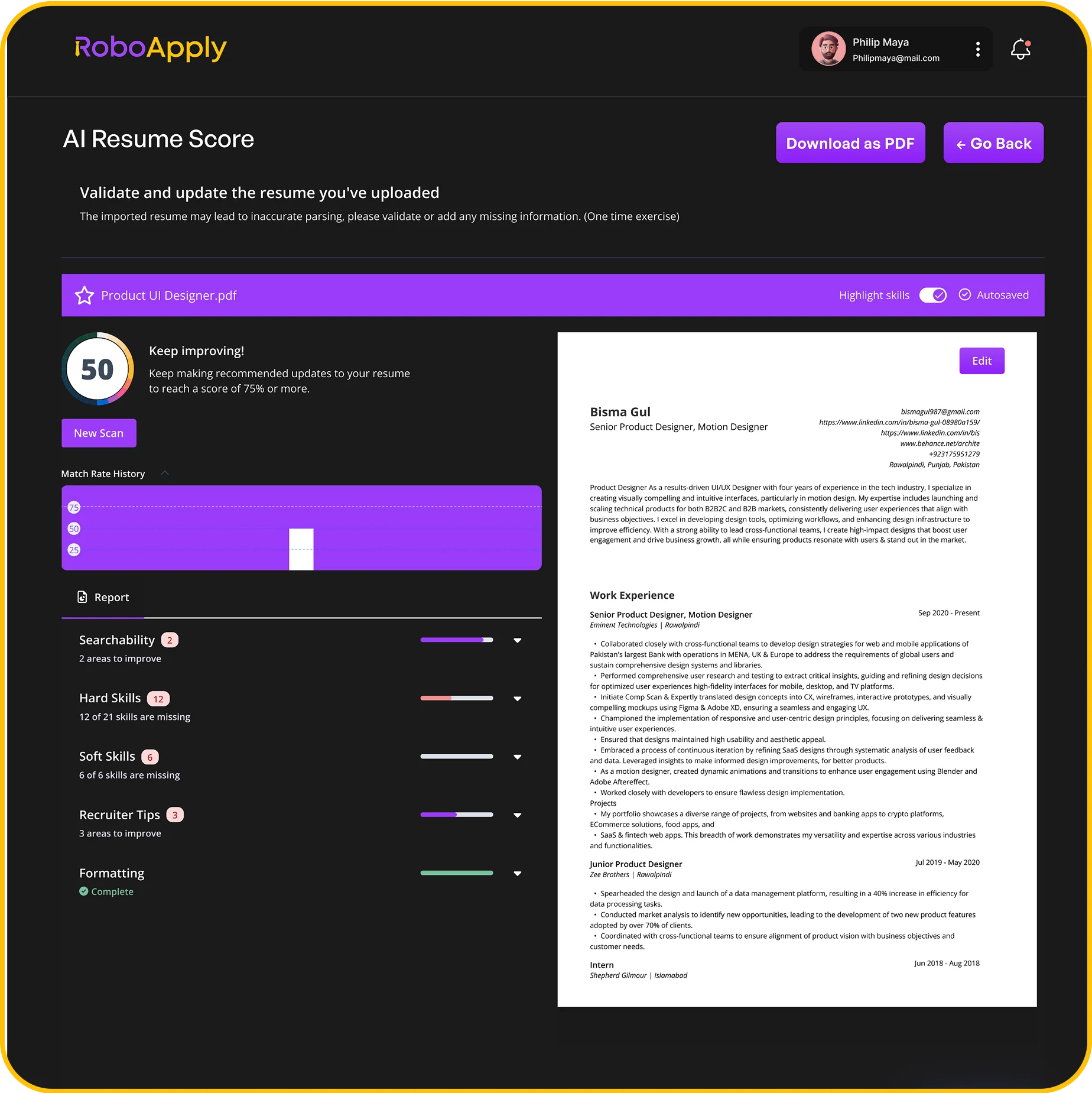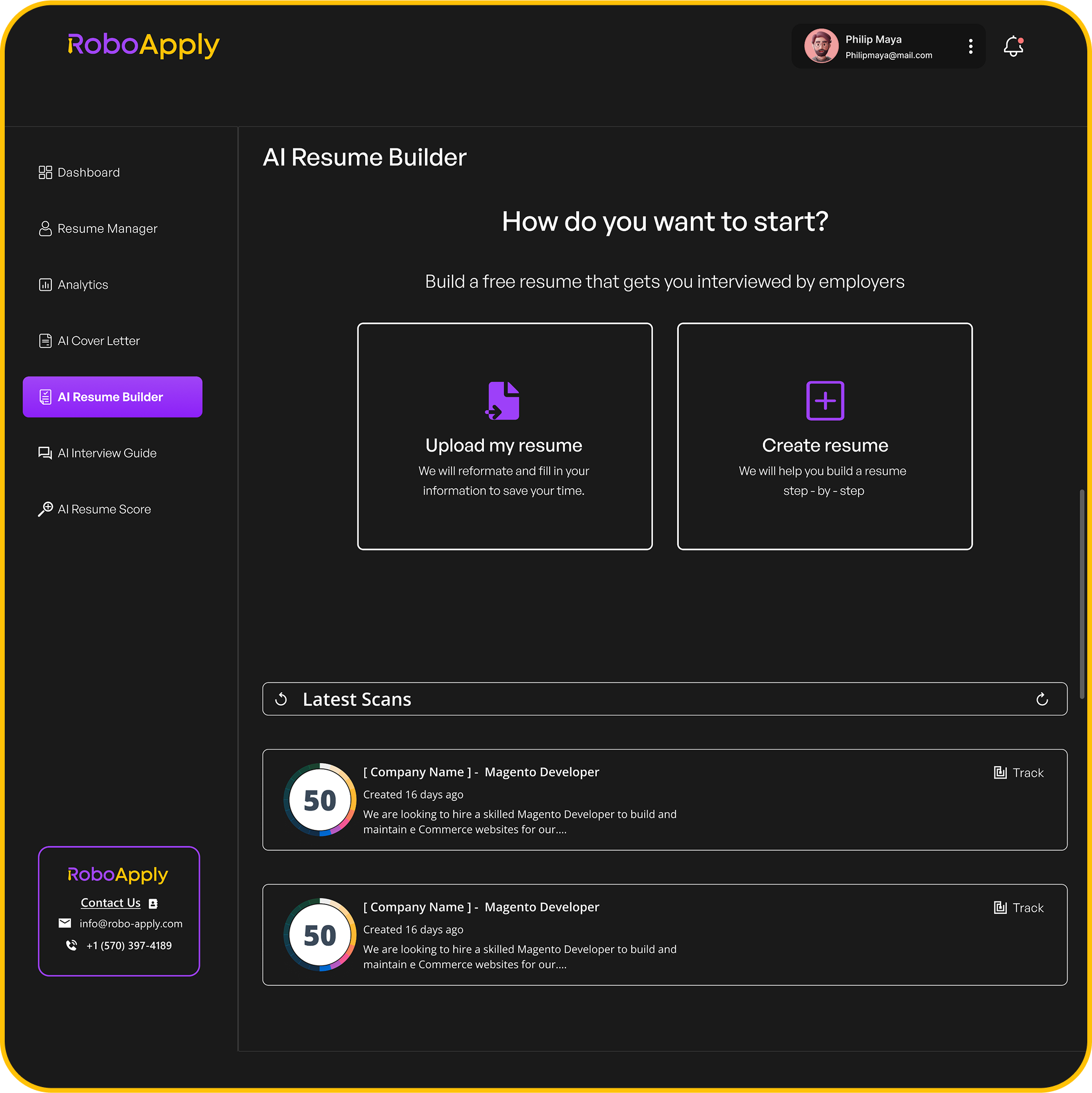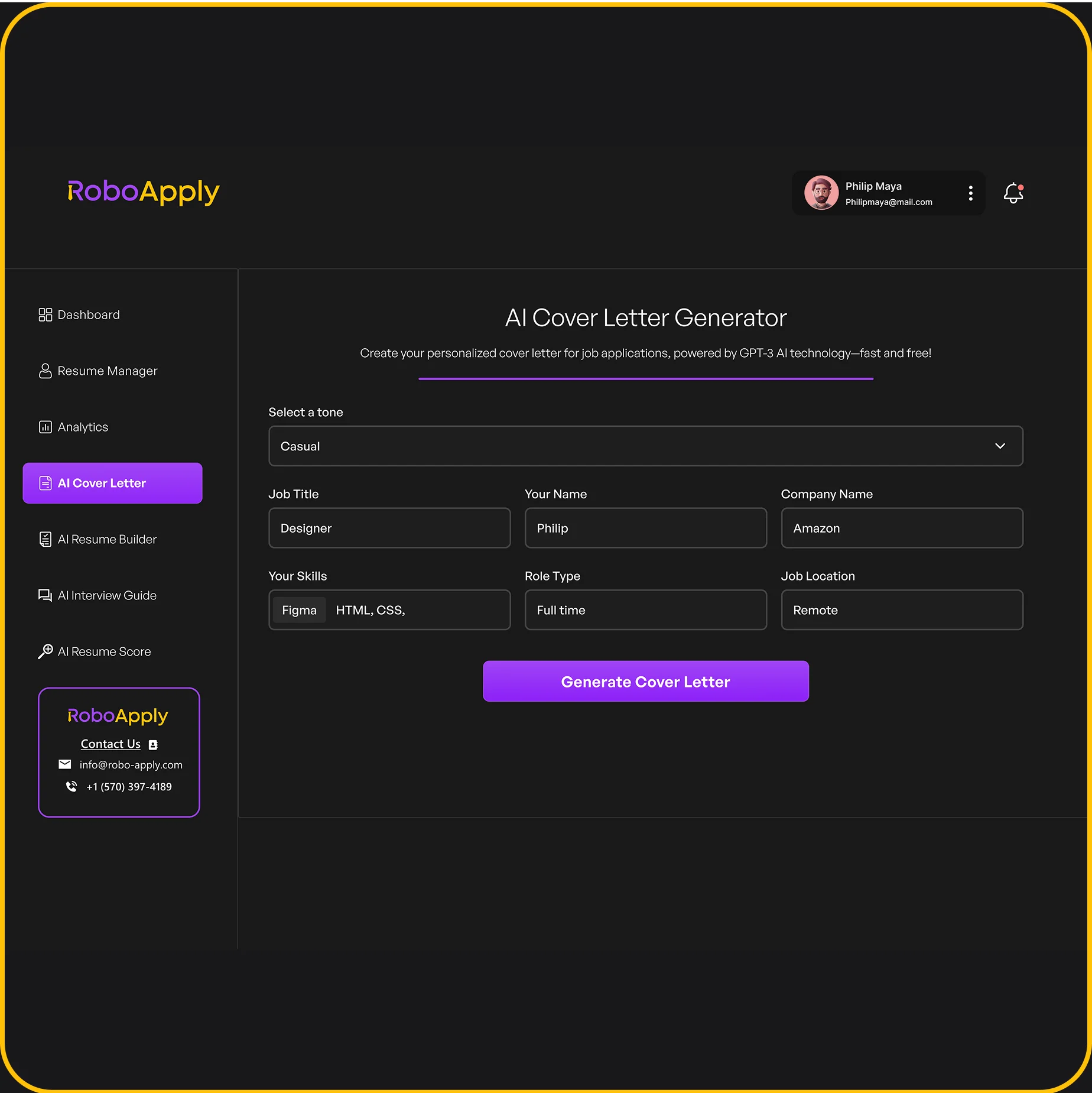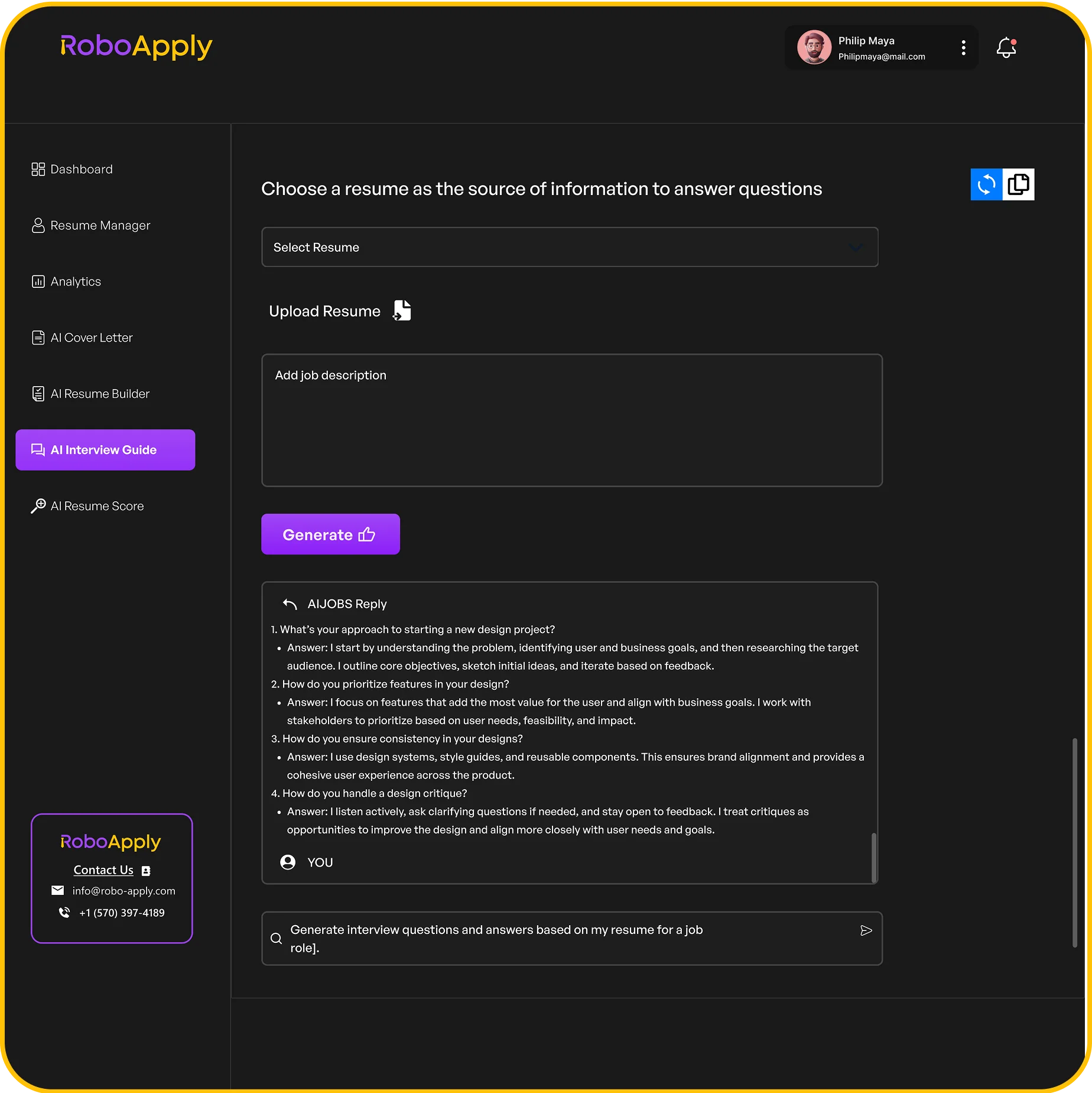A cover letter sets the tone for a job application and gives employers a first look at the applicant’s professionalism. The greeting at the very start, called the salutation, is the first thing the reader will see and sets the stage for everything that follows.

A memorable cover letter salutation shows respect, makes a good impression, and can help an applicant stand out from the crowd. By starting with the right greeting, job seekers show that they care about details and take the application process seriously.
1) Research the hiring manager’s name before writing the salutation
Taking time to find the hiring manager’s name makes a cover letter greeting stand out. A personalized salutation shows attention to detail and effort, which can help an application get noticed. Job seekers can start by reading the job post, checking the company’s website, and searching LinkedIn for department heads.
If the name is not visible, a polite email or call to the company can help. Many people use professional tools like RoboApply to search company contacts and autofill names in cover letters. This is faster than digging through each company’s online staff directory and reduces the chance of mistakes.
If the hiring manager’s name still can’t be found, it is better to use a general but respectful greeting like “Dear Hiring Manager.” Cover letters should avoid outdated greetings or overly casual language. Using a formal, direct name when available is always the best practice, as explained by Jobscan and The Muse.
2) Use ‘Dear [Full Name]’ for a formal, personalized greeting
Starting a cover letter with “Dear [Full Name]” is the most professional approach. It shows respect and helps the letter feel more personal to the reader. This greeting works whether the application is for a traditional job or an email submission.
If the hiring manager’s name is available, always use it. Too often, job seekers use generic greetings, which can come across as less thoughtful. Researching the correct contact name is worth the effort and makes a positive impression. According to experts, “Dear [Full Name]” remains the top choice for a cover letter salutation.
The fastest way to find a name is to check the job posting, company website, or LinkedIn. If that doesn’t work, using a tool like RoboApply can help automatically personalize your greeting by pulling the hiring manager’s name when possible.
Here’s an example:
Dear Susan Keller,
I am excited to submit my application for the Marketing Coordinator position at ClearView Media. My background in content creation and campaign management matches the requirements outlined in your job posting. I look forward to the opportunity to bring my skills to your team.
A formal greeting paired with a full name helps your application start strong and shows attention to detail. This small effort sets a professional tone right from the first line.
3) If the name is unknown, use ‘Dear Hiring Manager’

When the hiring manager’s name cannot be found, the best way to start a cover letter is with “Dear Hiring Manager.” This greeting is professional and widely accepted. It shows respect and keeps the tone formal even without a specific name.
Most experts recommend using this approach when a quick search does not reveal the manager’s name or when a company keeps information private. Tools like RoboApply make it easy to generate polished greetings, so users do not have to worry about missing details or awkward language. RoboApply’s AI cover letter builder automatically suggests suitable salutations for situations just like this.
Including the job title is not necessary. “Dear Hiring Manager” alone is clear and direct. Using this greeting is better than informal choices like “Hello” or outdated phrases like “To whom it may concern.” For more tips on what to do when you cannot find a name, you can check this guide on how to address a cover letter without a name.
Here is a copy-and-paste ready salutation for these situations:
Dear Hiring Manager:
I am writing to apply for the Marketing Coordinator position at SunTech Solutions. My background in digital marketing and proven campaign results make me a strong fit for your team. I look forward to discussing how my skills can benefit your organization.
4) Avoid vague salutations like ‘To Whom It May Concern’
Using “To Whom It May Concern” in a cover letter salutation can make an application look unfocused or indifferent. Hiring managers may see this as a sign that the applicant did not try to research the correct contact person. This generic greeting is also less memorable and can hurt your chance to stand out from others.
Whenever possible, applicants should address their cover letter to a specific person. This shows effort and attention to detail, both of which leave a positive impression. If a name can’t be found, alternatives like “Dear Hiring Manager” are usually better received and show respect for the reader’s position.
A clear and direct salutation is more likely to engage the hiring team. Readers appreciate it when someone takes the time to personalize their cover letter. Job seekers can use resources such as LinkedIn or company websites to locate the right contact, or use a powerful tool like RoboApply’s cover letter builder to generate polished greetings automatically.
Salutations like “To Whom It May Concern” have been shown to discourage hiring professionals, even if most will not automatically reject a candidate for using it. A more specific salutation signals that you care enough to personalize your application, making your cover letter more memorable. Get practical lists of alternatives to consider at Glassdoor and see why most experts encourage more tailored greetings at The Balance Money.
5) Use proper titles such as Mr., Ms., Dr., or professional designations
A professional cover letter should always use the correct title when addressing someone. Using the right honorific, like Mr., Ms., or Dr., shows respect and attention to detail. This step is especially important if the hiring manager has an advanced degree or a specific role.
Begin with “Dear” followed by the proper title and last name. If you know the person’s gender and preference, use Mr. or Ms. For medical doctors or PhDs, use Dr. Professional designations like Professor or Judge should also be used when relevant. You can review common English honorifics and how they are used on Wikipedia.
When writing your salutation, avoid using only the first name unless specifically told to do so. If you are unsure about which title to use, try to find the person’s preferred honorific with a quick search or company website visit. RoboApply can help check for correct grammar and suggest the most suitable title using its resume grammar checker.
Example: Dear Dr. Patel,
I am excited to apply for the Research Associate position at Green Biotech. My experience in clinical research and a strong background in laboratory science will allow me to add value to your team. Thank you for considering my application.
6) Keep the salutation formal and polite

A cover letter should begin with a greeting that sets a professional tone. Using a formal and polite salutation shows respect and helps create a positive first impression with hiring managers. Avoid using casual greetings like “Hey” or “Hi there” in job applications, as these can seem unprofessional or too informal.
Start the letter with “Dear” followed by the recipient’s name and appropriate title if known. If the name is not available, it’s best to use a neutral greeting such as “Dear Hiring Manager” instead of outdated options like “To Whom It May Concern.” For more on the importance of formality, see these cover letter salutation tips.
When personalizing isn’t possible, “Dear HR Team” or “Dear Recruitment Team” are respectful alternatives. These greetings remain professional even if you do not know the exact person reviewing your application.
RoboApply makes it easy to personalize your cover letter salutation by pulling hiring manager names from job listings, which helps you avoid generic greetings and ensures correct etiquette. Pair this with their resume grammar checker to make sure your letter is error-free every time.
7) Match the tone of the company culture when appropriate

It is important to match the tone of your cover letter salutation—and your opening lines—to the company’s culture. Some companies have a formal style, while others use a more casual or upbeat tone. Research the company’s website, social media, and recent job posts to get a sense of how they communicate with the public and employees.
A formal company usually prefers a professional and respectful salutation. Meanwhile, a creative or start-up environment may welcome something more casual or enthusiastic. Aligning your language with the company’s tone helps you show that you understand and fit in with their values and work style.
For example, if a company has a friendly, relaxed culture, you could use:
Dear Marketing Team,
I’m excited to apply for the Marketing Specialist role at BrightBeam. Your team’s creative and open approach to campaigns is inspiring, and I believe my fresh ideas would fit right in.
If you are not sure about the company’s culture, it is safer to stick with a professional greeting using a person’s name when possible. Read more on how to match your cover letter to company culture.
RoboApply’s AI resume and cover letter builder can analyze job descriptions and company profiles to help suggest the right tone for your documents. This makes it easier to personalize every application, so your cover letter stands out for the right reasons.
8) Use a colon after the salutation in American English
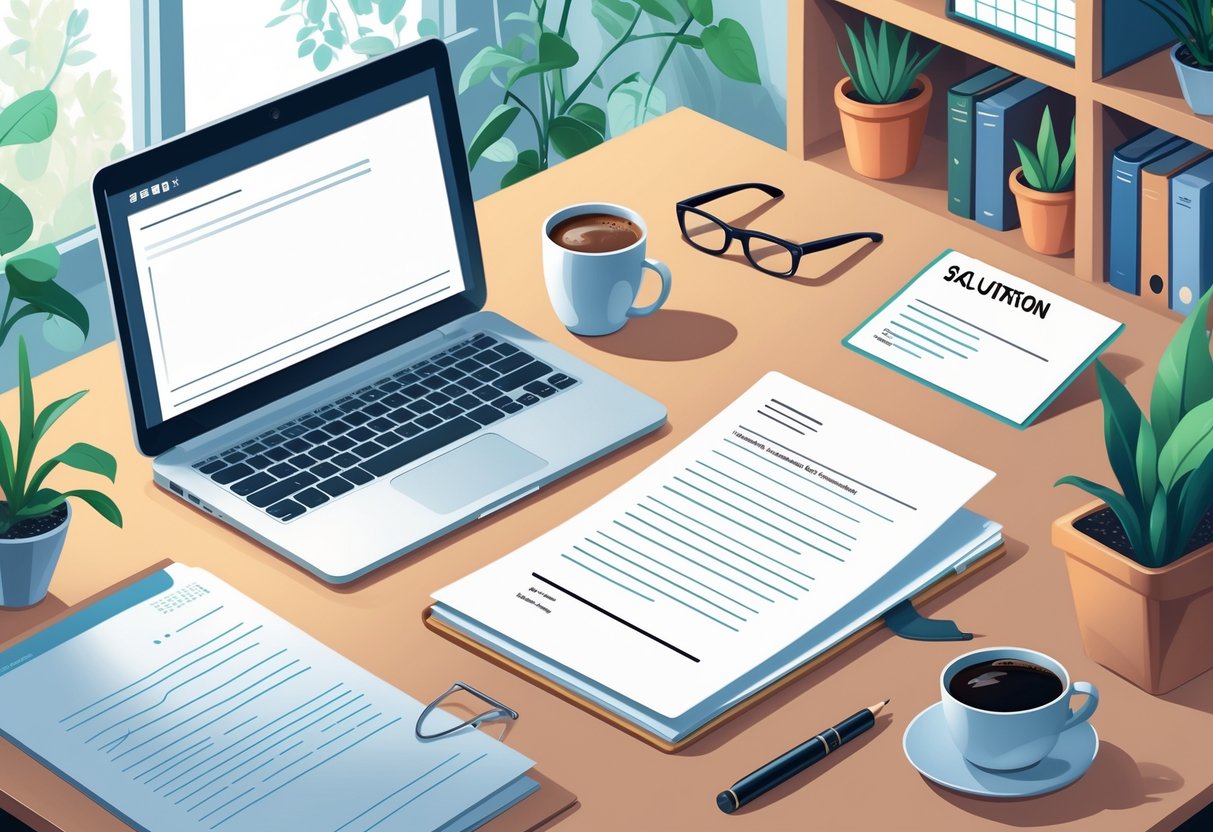
In American English, the proper way to punctuate a cover letter salutation is to use a colon, not a comma. The colon sets a formal tone and signals the start of an important message. This style is expected in business communication, including job applications and professional cover letters.
For example, always write the greeting as “Dear Mr. Johnson:” instead of “Dear Mr. Johnson,” when sending a cover letter in the United States. This small detail can show attention to business etiquette and help create a positive first impression with employers.
If you use RoboApply’s AI cover letter builder, it will automatically apply formal punctuation so your greeting always follows the standard. This saves you time and ensures your letter looks professional. Using a colon after the salutation is a simple but important step in American cover letter writing standards. For more guidance, review this advice about using a colon after a business letter salutation.
9) Double-check spelling of the recipient’s name and title
Getting the recipient’s name and title right matters in every cover letter. Misspelled names or incorrect titles make the writer look careless and disrespectful. A mistake like this can cause a negative first impression and make it seem like the application was rushed or not tailored for the employer.
Applicants should always verify the spelling, capitalization, and use of titles like Mr., Ms., Dr., or Prof. Before sending a cover letter, check the company website, LinkedIn, or even call the company to confirm these details. If the information is unavailable, use a neutral, professional greeting such as “Dear Hiring Manager.” Guidance on this is also shared in advice from Glassdoor and Jobseeker’s cover letter guide.
RoboApply’s resume grammar checker and cover letter builder automatically scan for common mistakes, including name and title errors. This feature helps users avoid small but costly errors before submitting their applications. Making use of tools like RoboApply helps demonstrate professionalism and attention to detail in every application.
Never leave the greeting blank. Even without a name, addressing the right person or department shows effort and respects the hiring process. Details like correct spelling and title may seem small, but hiring managers notice them first.
10) Avoid overly casual greetings like ‘Hi’ or ‘Hello’
A cover letter should start with a professional greeting. Using casual openings like “Hi” or “Hello” sets the wrong tone for job applications. It can make the letter appear less serious and signal a lack of respect for formal business communication.
Employers expect job seekers to address them properly. Proper salutations show attention to detail and respect for the workplace. When in doubt, choose “Dear [Name],” as it remains the standard for business letters. This approach is much more likely to leave a positive impression than any informal option.
For candidates who want to make sure their cover letter uses the best possible salutation, tools like RoboApply are helpful. RoboApply has an AI builder that suggests professional greetings and checks formatting for mistakes. This way, users never risk starting a cover letter with a greeting that feels too casual or careless.
Many experts agree that “[Hi]” and “[Hello]” should not be used alone when writing to someone you do not know well, especially in a business context. Even respected guides point out that overly casual greetings may undermine the professional appearance of an application and reduce your chances of success—see detailed explanations at The Balance Money and My Perfect Resume.
Instead, look up the hiring manager’s name or use a formal alternative, then double check your opening with a trusted tool before sending.
Frequently Asked Questions
Choosing the right salutation for a cover letter sets a professional tone and shows attention to detail. Simple strategies like using formal greetings, researching recipient names, or using the right generic titles can make a difference in your application.
What are effective strategies for addressing an unknown recipient in a cover letter?
If the recipient’s name is not available, job seekers should first search the company website, LinkedIn, or the job posting for a specific contact. If nothing comes up, it’s best to use a role-based title such as “Dear Hiring Manager.” RoboApply’s AI cover letter builder can help you find and format these salutations quickly and easily.
What salutation should be used when the name of the hiring manager is not provided?
When the hiring manager’s name is not available, using “Dear Hiring Manager” is direct and professional. This is better than using a vague phrase or leaving out a greeting entirely. This strategy is supported by several career advice sites, including a guide on effective cover letter salutations.
How can one craft a cover letter greeting that stands out to employers?
A standout greeting is formal, specific, and error-free. Using the exact name and title of the recipient leaves a strong impression. Tools like RoboApply’s grammar checker review your greeting for accuracy and professionalism. Avoid informal or overly general phrases to keep it memorable.
Can you provide examples of strong salutations for a professional job application?
Strong salutations include “Dear Dr. Smith,” “Dear Ms. Johnson,” or “Dear Hiring Manager.” Always use the person’s full name and the correct title if it is known. If you are using RoboApply’s resume or cover letter builder, these formats are suggested by default to match the position’s level of formality.
Is it appropriate to use a generic salutation in a cover letter, and if so, what are some examples?
It is acceptable to use a generic salutation if you cannot locate the recipient’s name, but avoid “To Whom It May Concern.” Instead, try “Dear Hiring Manager” or “Dear [Department] Team.” More tips and reasons behind these choices can be found in this overview of best cover letter greetings.
How does one personalize a salutation when the recipient’s details are unavailable?
Personalize generic salutations by referencing the specific department, team, or job title, such as “Dear Marketing Team” or “Dear Customer Service Manager.” RoboApply can analyze the job description and suggest the most fitting department or manager to address in your greeting. This shows an effort to tailor your message even without a name.



